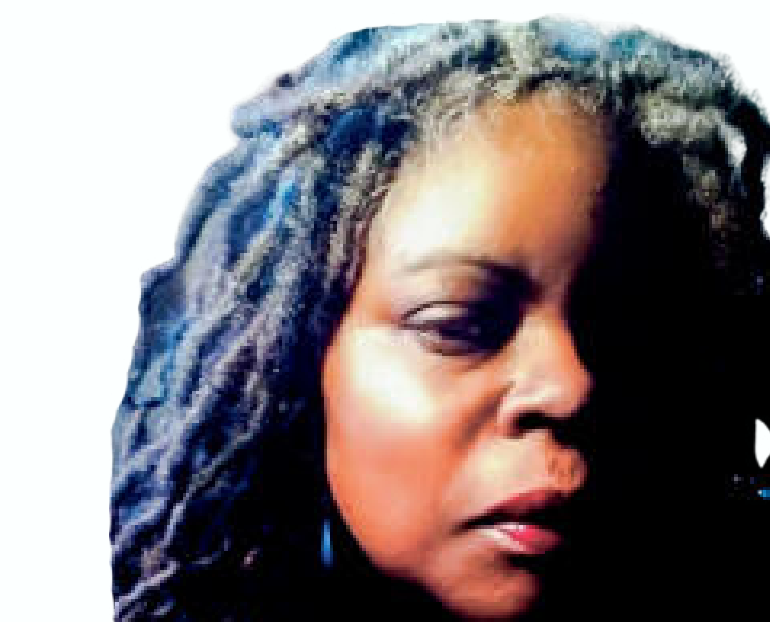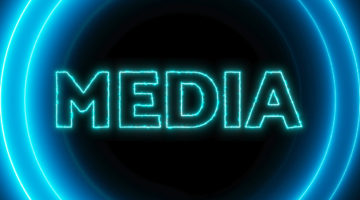When I was a young brown girl growing up in Detroit, I lived for the school library. My love for all things books began somewhere between first and third grade. I remember thoroughly enjoying the urban public-school reading program, books such as “Sunny Days in the City,” which featured a rainbow coalition of kids of different races playing and attending school together. Debbie was the Black girl in the series of books and I loved reading about the adventures she and her brothers had together. I cannot recall Debbie’s older brother’s name, but David was the baby brother. He was always into something. I excelled at reading in elementary school and looked forward to learning new target words each week because these words would of course be incorporated into the subsequent chapters that continued the adventures of Debbie and her friends.
But it was the weekly trips to the school library that really excited me. Walking into that large space filled with rows and rows of books simply fascinated me. I loved everything about the school library. And I mean everything, from the floor-to-ceiling windows to the Dewey Decimal System designed to categorize books in the card catalog. My first school librarian, Mrs. Michalenko, was the person who helped me to expand my imagination and jump inside of books. I adored the “Curious George” and “Madeline” books. I always checked books out of the library, sometimes two or three at a time. Mrs. Michalenko taught me that books were precious and how to treat them as valuable and respected objects in my care.
In middle school the library took on another meaning. When I first walked through the large double wooden doors of the school library at Longfellow Middle School, I was shocked and a little intimidated. There were thousands of books, row after row after row. Where would I ever find the time to read them all? It was inside this library that the world opened before me. I read about dinosaurs and the pre-historic or Jurassic period. I checked out books on Egypt and archaeology. I ferociously read “The Hardy Boys” and “Nancy Drew” mysteries. In fact, I still have a serious love for Nancy Drew.
I read everything that interested me. I remember that there was a miniseries named “Holocaust” and I found it so intriguing that I read every book I could get my hand on about Nazi Germany, and my school library had plenty. Then I discovered “The Diary of Anne Frank.” To be the same age as Anne and reading her thoughts about her parents, and in particular her Mom, and her feelings about the adults surrounding her in that cramped attic was so riveting. Her budding romance with Peter Van Pels was so compelling that my young heart could not take it when I realized that they both perished in Auschwitz and Bergen-Belsen concentration camps, which soon led me down a more somber corridor of books located in the library. Books about the Nazi concentration camps and survivor firsthand accounts. “The Rise and Fall of the Third Reich” by William Shirer was graphic and quite detailed. I gobbled that book up. For years I was a walking, talking encyclopedia on Nazi Germany.
The school library was my haven. My spot. My safe place. In high school, the library was the main hub. Everyone I knew spent their free time at the library. Detroit Central High School had a grand one. In my eyes, it was majestic. Not as ethereal as the Detroit Public Library Main Branch where I spent my weekends. But it was beautiful to me. So many books. So little time. And imagine my surprise when I saw Mrs. Michalenko there as the head librarian! Icing on the cake! To say I practically lived in the library is an understatement. I even worked at the library.
Books meant everything to me then. Books mean everything to me now, and it pains me to see Gov. Ron DeSantis and the Republican majority in Tallahassee wage this insane war on books. The school library is where children are introduced to the world outside of the one they see every day. It is where children get to dream and pretend. It is where inquisitive children find the answers to questions that they may be afraid to ask. The school library can be the conductor of the train that promotes freedom of expression and open-mindedness.
If books are banned for no better reason than bigotry and political obstinacy, where does this leave the children who are searching for answers to the questions they may have? If books are banned on the grounds that they are indecent to one group of people, where does that leave an entire community?
We cannot stand idly by as our elected officials impose Nazi-like restrictions on what is adequate reading material; nor can we allow intolerant parents dictate what is essential reading matter in a school library and what is not. That should be decided upon by librarians like Mrs. Michalenko who have the knowledge and understanding of what reading material is appropriate per age and grade level.
If a child has a question, the answer should be found inside a library. The library is the doorway to knowledge. Knowledge should be accessible to anyone that seeks it. The school library should be a haven and safe place for children to explore, learn and expand their intellect. Not ground zero for a potential bonfire.
It is inconceivable to me that a Florida child is forbidden to read “The Bluest Eye” or “The Hate You Give.” What kind of state do we live in? Will someone soon make the assessment that “The Diary of Anne Frank” is too risqué and ban it from school libraries? Anything is possible.










No Comment